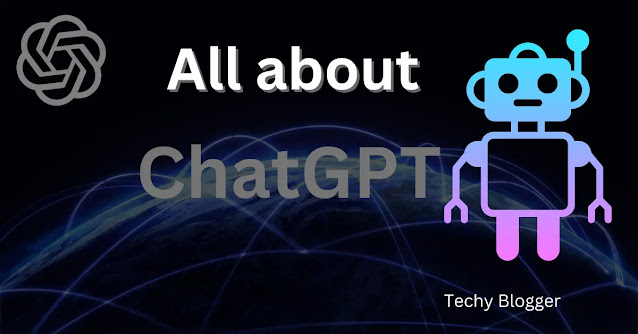All About ChatGPT
ChatGPT, also known as the "Conversational Pre-training Transformer," is a powerful language model developed by OpenAI. It can generate human-like text, making it a valuable tool for a wide range of applications, such as chatbots, language translation, and content creation. This article will cover everything you need to know about ChatGPT and how it can be used to improve your business or personal projects.
Step 1: Understanding the basics of ChatGPT
ChatGPT is based on the transformer architecture, which was first introduced in a 2017 paper by Google. The transformer architecture is designed to handle sequential data, such as text, and has been proven to be incredibly powerful in language tasks. ChatGPT builds on this architecture and is pre-trained on a massive dataset of text from the internet, allowing it to understand and generate human-like text.
Step 2: How ChatGPT can be used
One of the primary applications of ChatGPT is in creating chatbots. ChatGPT can be used to generate human-like responses to user queries, making it possible to create a chatbot that can hold a conversation with a user. This can be especially useful for businesses that want to provide customer service through a chatbot. All About ChatGPT
In addition to chatbots, ChatGPT can also be used for language translation. It can be trained to understand and generate text in multiple languages, making it possible to create a language translator that can translate text in real-time.
Another application of ChatGPT is in content creation. It can be used to generate written content, such as articles or social media posts. This can be especially useful for businesses that want to create high-quality content quickly and efficiently.
Step 3: Incorporating ChatGPT into your project
If you're interested in using ChatGPT for your business or personal project, there are a few things you need to keep in mind. The first thing to consider is the type of data you'll be using. ChatGPT is designed to work with text, so you'll need to make sure you have a dataset of text that you can use to train and test the model.
The next step is to decide how you want to use ChatGPT. Do you want to use it to create a chatbot, language translator, or content generator? Each application will require different training and testing methods, so you'll need to make sure you're using the correct method for your project.
Finally, you'll need to decide on the best way to incorporate ChatGPT into your project. This will likely involve using an API, such as the OpenAI API, to access the model and generate text.
Pros and Cons
Pros:
- Human-like text generation: ChatGPT is pre-trained on a massive dataset of text from the internet, allowing it to understand and generate human-like text. This makes it an ideal tool for creating chatbots that can hold a conversation with a user.
- Multiple language support: ChatGPT can be trained to understand and generate text in multiple languages, making it an ideal tool for creating language translators that can translate text in real-time.
- High-quality content generation: ChatGPT can be used to generate written content, such as articles or social media posts. This can be especially useful for businesses that want to create high-quality content quickly and efficiently.
- API Accessibility: ChatGPT is available via API awhichs that makes it very easy to incorporate the model into your project without having to go through the hassle of setting up the environment from scratch.
Cons:
- Data requirements: To use ChatGPT effectively, you'll need a dataset of text that you can use to train and test the model. don't have a large enough dataset, the model's performancimprove.ufRaining
- raining and testing method: Depending on the application, the training and testing method. Therefore, therefore, you need to make sure that you are using the correct method for your project.
- Expensive: As ChatGPT is a cutting-edge technology, it can be expensive to use, especially for businesses with limited budgets.
- Ethical considerations: As ChatGPT has the capability to generate human-like text, there is a risk that it could be used for nefarious purposes such as impersonation or creating fake content. All About ChatGPT
